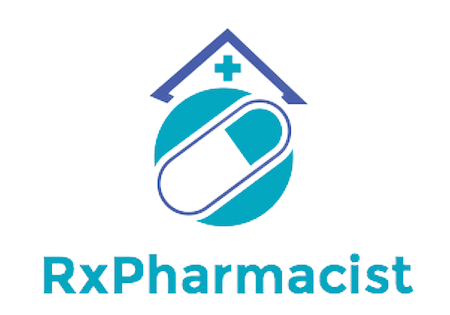Mentorship and Networking – Beyond a Job!
Before my graduation in 2020, I was uncertain about my career and future with pharmacy being heavily saturated and the COVID-19 pandemic hit creating an ecomonic downturn. I first came across the summer internship at RxPharmacist because I recognized the opportunities that they offered including the flexibility of a remote work role, creating my own study guide, and achieving growth in medical technical writing and growing my professional network. Now as I complete the program, I am glad to share with you this incredible experience at RxPharmacist.
My first project was to edit the CPJE guide, which aided me passing the exam on my first attempt. Besides providing feedback on my work performance, my inspiring mentor spent time discussing with me about entrepreneurship, marketing, and my career goal. There was a heavy emphasis on strategy to approach achieving my goals of attaining my dream fellowship program. For example, knowing my interest in the pharmaceutical industry, she introduced me to experts in the field and helped me on my CV, letter of intent, and practicing with mock interviews. Thanks to her unwavering support, I got accepted into my top choice fellowship program where I would practice as a clinical development fellow in oncology at Rutgers (2021-2023). Although I was already working as a full-time pharmacist, this remote job was so flexible that it allowed me to work on my own schedule. Needless to say, beyond a job, not only the internship offered a unique opportunity to expand my networks and writing skills, but it also was a good transition for me from a graduate student to a pharmacist. I’m incredibly thankful of being able to get into my top fellowship program with the unwavering support of RxPharmacist and also was able to gain the FDA ORISE fellowship as a backup opportunity should I not be able to get my top choice through their help.
Therefore, I highly recommend this internship to anyone who seeks for professional networks and experience in medical and scientific communications. The preceptors and team are highly supportive. If your willing to work hard, learn new skills, and try something new, this might be a wonderful opportunity for you.
Thi N., 2020-2021 RxPharmacist Graduate Intern
UC San Diego, Skaggs School of Pharmacy and Pharmaceutical Sciences, Class of 2020
Mentorship and Networking – Beyond a Job! Read More »

